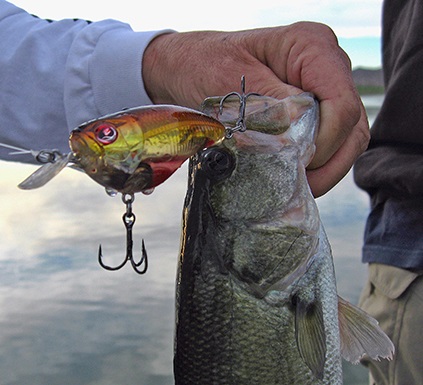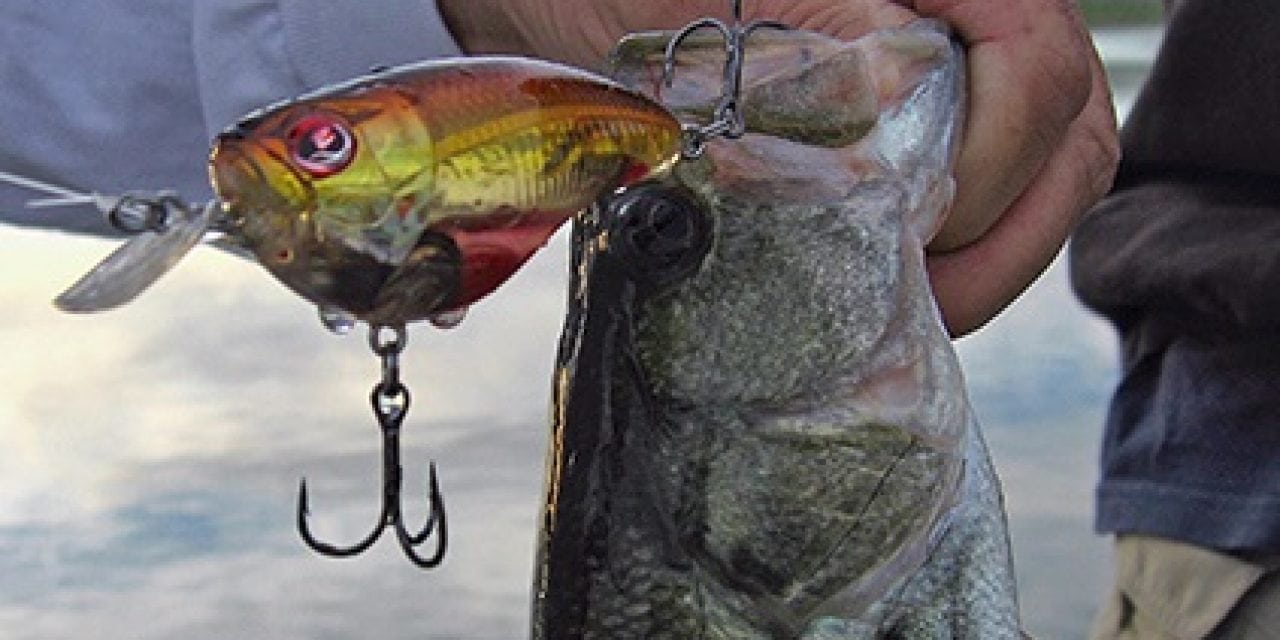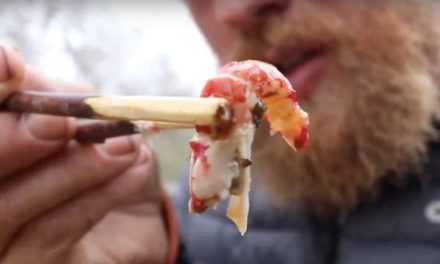 You’ve pre-fished for a couple of weeks, and you’ve got a killer spot in a big cove. You’ve even got a great boat number and you’re one of the first ones out, but when you reach your best area, it stinks like rotten eggs and the water looks like the sewer backed up in it. What’s going on? Welcome to the fall turnover, when all the decaying vegetation on the bottom of the lake rises to the top. Hence the smell and the nasty looking water.
You’ve pre-fished for a couple of weeks, and you’ve got a killer spot in a big cove. You’ve even got a great boat number and you’re one of the first ones out, but when you reach your best area, it stinks like rotten eggs and the water looks like the sewer backed up in it. What’s going on? Welcome to the fall turnover, when all the decaying vegetation on the bottom of the lake rises to the top. Hence the smell and the nasty looking water.
What It Is
In the summer, the surface layer of the water is the warmest because it is heated by the sun. The deepest layer is the coldest because the sun’s heat doesn’t reach this far. When fall arrives and air temperatures begin to dip, the surface water starts to cool off. Colder water is denser, so the cooling water starts to sink, eventually forcing the deep layer to rise, “turning over” the water.
Wait a minute! If colder water is denser, why doesn’t ice form at the bottom of the lake instead of the top? That’s because water reaches maximum density at 39 degrees Fahrenheit. This is unique to water, and it means that ice is less dense than liquid water, so it floats. Anything above or below 39 degrees is less dense.
That deep water has a lot of decaying matter and sulfurous gases, so when it reaches the surface, it’s easy to tell that the turnover has begun. To know for sure, just drop a thermometer. If the whole water column is the same temperature, you’ll can be certain that the water has turned over. If your depthfinder is showing baitfish all over the place, that’s another big clue.
In the spring, when ice melt starts to run into the lakes, the same thing can happen, but spring turnover is usually a lot less intense. Some lakes, like Roosevelt Lake in Arizona, only have turnover once a year, in the fall.
How to Respond
For starters, large lakes do not all turn over at the same time. In a study at Roosevelt Lake in 2002, they discovered that the lake begins to turn over starting in September, and the Tonto end turns over the soonest because it is the shallowest part of the lake. The turnover process usually progresses from shallow to deeper areas. So, if your area stinks (literally), just relocate — find a deeper cove or head to the main lake. Take heart – despite what you may have heard, the turnover doesn’t make fishing terrible for weeks on end. It’s usually a fairly short process and if you only go to a lake every couple of weeks or so, it may have happened and you never even noticed. Continue reader at the Inside Line – http://www.insideline.net/features/2018/10/1/fishing-during-fall-turnover
The post Yamamoto Custom Baits: Fishing During Fall Turnover appeared first on .
















